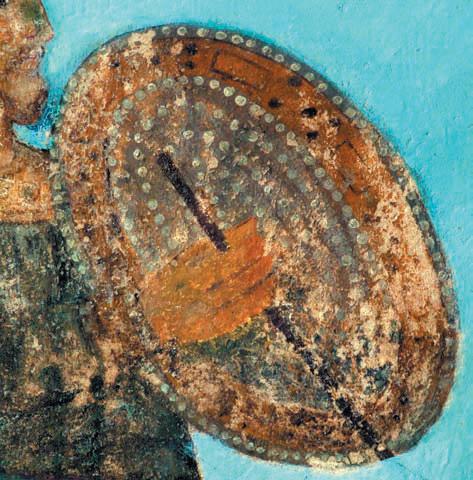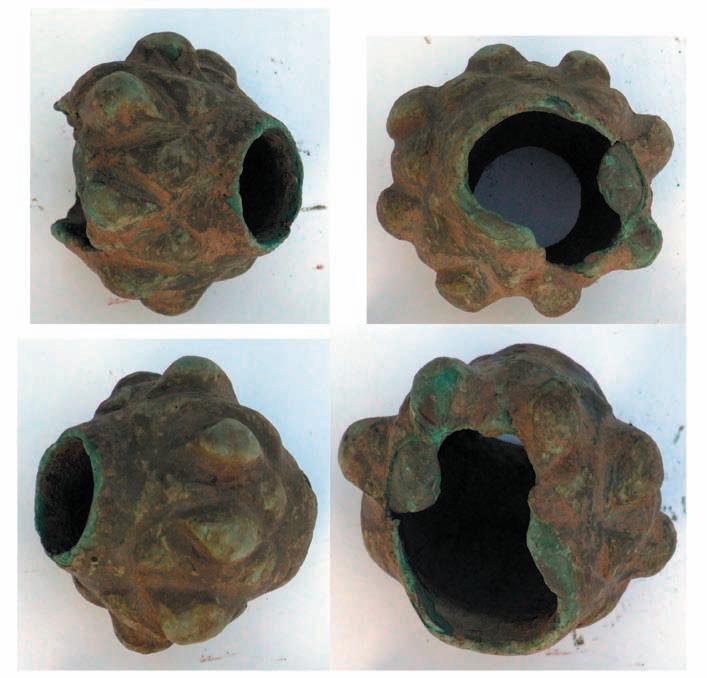
Fig. 8. War-mace, late 11th c., from the Drastar battlefield, author’s photo, courtesy of Prof. Valeri Yotov, Varna Museum depot
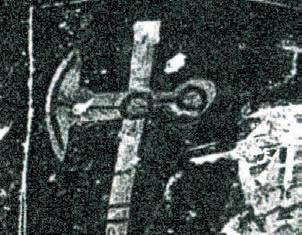
Fig. 9. The Betrayal, Balleq Kilise, Cappadocia, detail, second half of the 11th c., ex Jerphanion
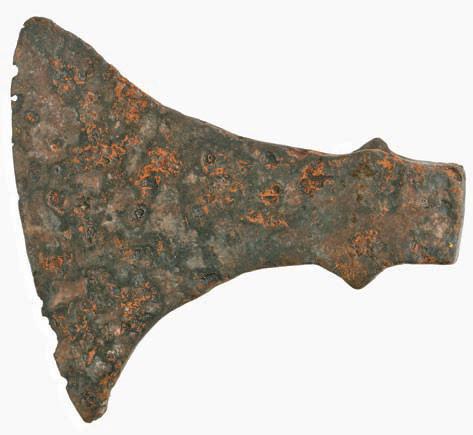
Fig. 11. Axe-head from the Drastar battlefield, 1087 AD, courtesy photo of Prof. Valeri Yotov and Boyan Totev
|
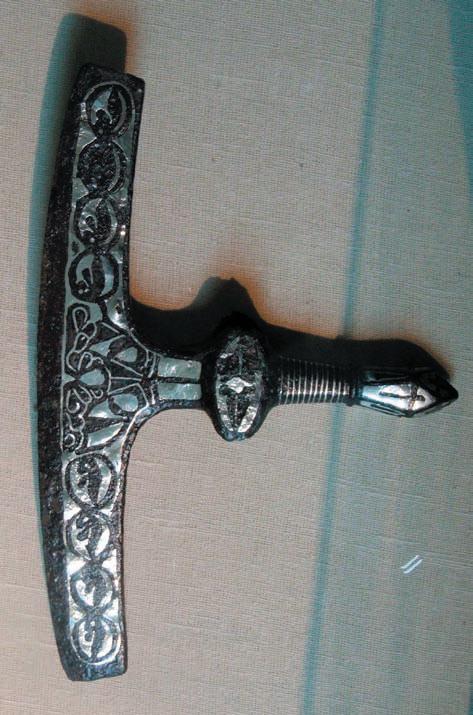
Fig. 10. Elaborate axe-head from Stana, Novi Pazar Region, early 11th c., richly ornamented with silvering and black niello, Shoumen Museum of History, author’s photo
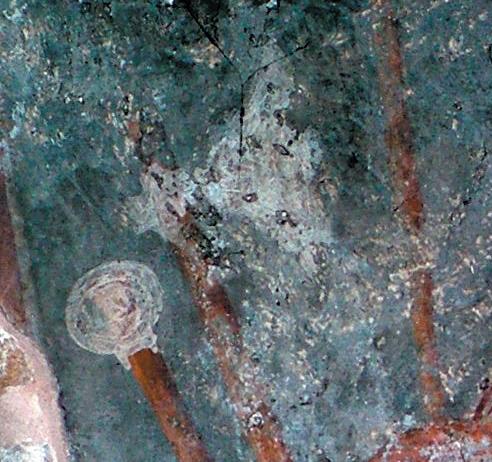
Fig. 12. The Betrayal, Panaghia Myriokephala, Crete, detail, late 11th c., author’s photo
|


